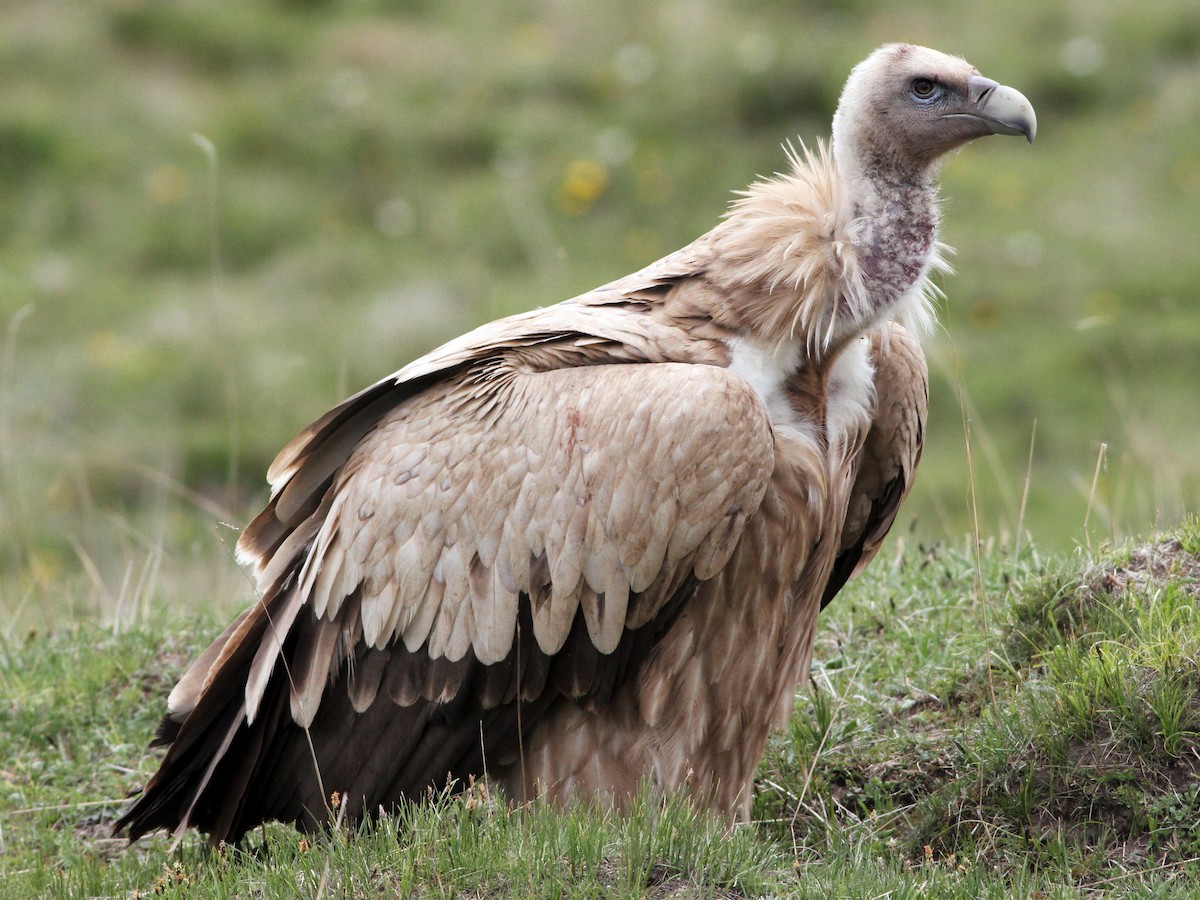
Himalayan Griffon
Gyps Himalayensis
Order:
Family:
Size:
103-110 cm
Weight:
8000-12,000 g
Taxonomy:
Monotypic Gyps himalayensis (A. O. Hume, 1869)
Short Description:
Himalayan Griffon (Gyps himalayensis) is a majestic vulture species found in the mountainous regions of Pakistan. With a wingspan reaching up to 2.8 meters, it is one of the largest vultures in the region. Recognizable by its large size, brown plumage, and white neck ruff, the Himalayan Griffon plays a vital ecological role as a scavenger, feeding primarily on carrion. These vultures are often seen soaring high in the sky or perched on cliffs, scanning for carcasses. Despite their impressive size and soaring abilities, Himalayan Griffons face threats such as habitat loss and poisoning, highlighting the importance of conservation efforts to protect these iconic birds in Pakistan's mountain ecosystems.
Far far away, behind the word mountains, far from the countries Vokalia and Consonantia, there live the blind texts. Separated they live in Bookmarksgrove right at the coast
Himalayan Griffon (Gyps himalayensis) is primarily distributed in the mountainous regions of northern and northwestern Pakistan. These areas include the Himalayan and Karakoram mountain ranges, as well as adjacent foothills and valleys. Himalayan Griffons inhabit a variety of habitats within these regions, ranging from alpine meadows to rocky cliffs and steep slopes. However, their distribution in Pakistan may be fragmented due to factors such as habitat loss and human disturbance. Conservation efforts are essential to safeguard the remaining populations of Himalayan Griffons in Pakistan’s mountain ecosystems.
Himalayan Griffon (Gyps himalayensis) exhibits typical scavenging behavior, primarily feeding on carrion. These vultures are often observed soaring gracefully in the skies or perched on high vantage points, scanning for carcasses. They play a vital ecological role in cleaning up carcasses and preventing the spread of diseases. Himalayan Griffons are typically social birds, forming large groups at feeding sites, where they compete with other scavengers for access to food. Breeding behavior involves selecting nesting sites on cliffs or steep slopes, where they build stick nests. However, like many vulture species, the Himalayan Griffon faces threats such as habitat loss, poisoning, and decreased availability of carrion. Conservation efforts are crucial to protect and ensure the survival of these majestic birds in Pakistan’s ecosystems
Far far away, behind the word mountains, far from the countries Vokalia and Consonantia, there live the blind texts. Separated they live in Bookmarksgrove right at the coast
About Photographer : Hello World
Facebook
Twitter
Instagram
Flicker
LinkedIn

